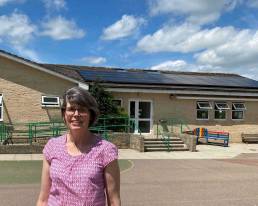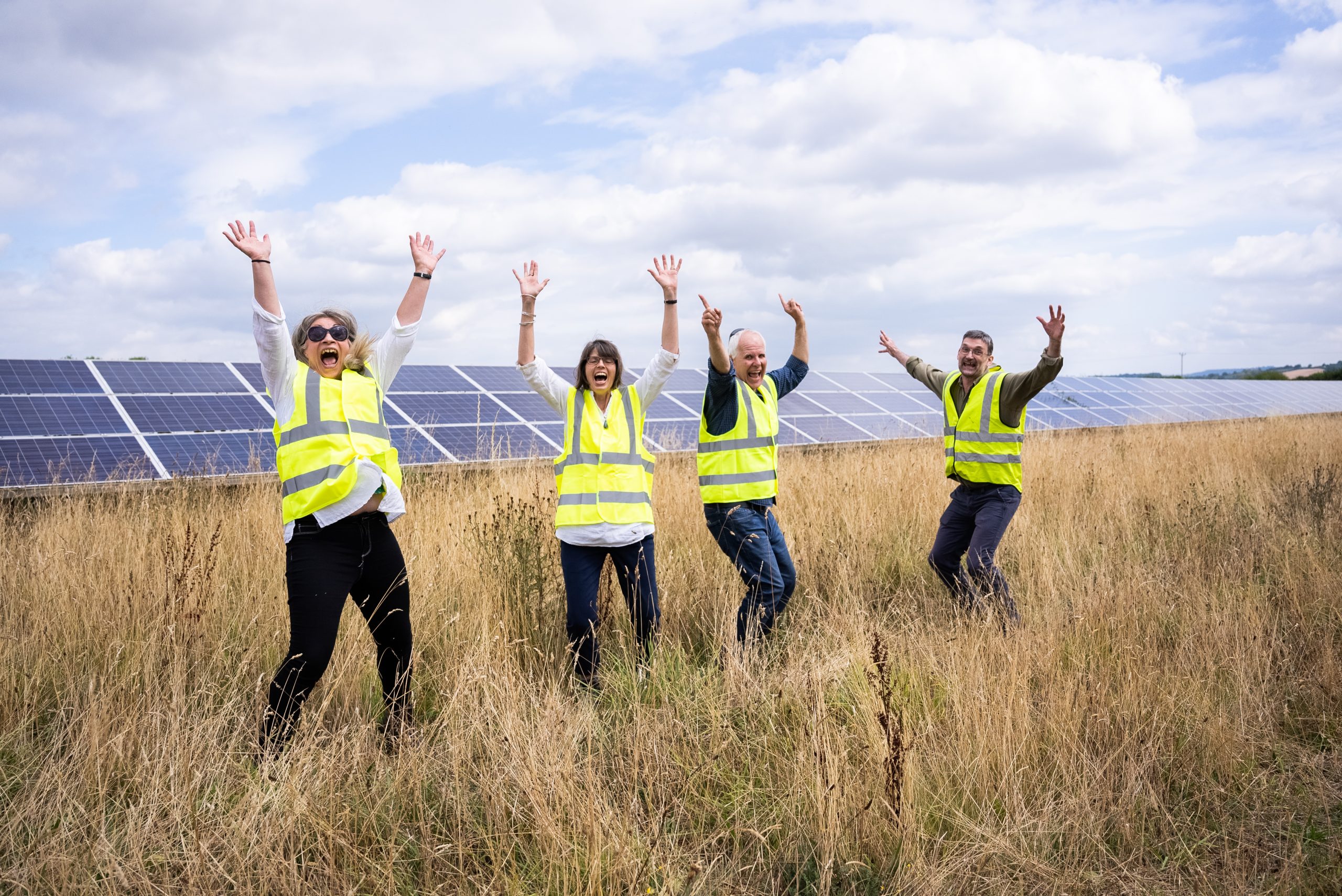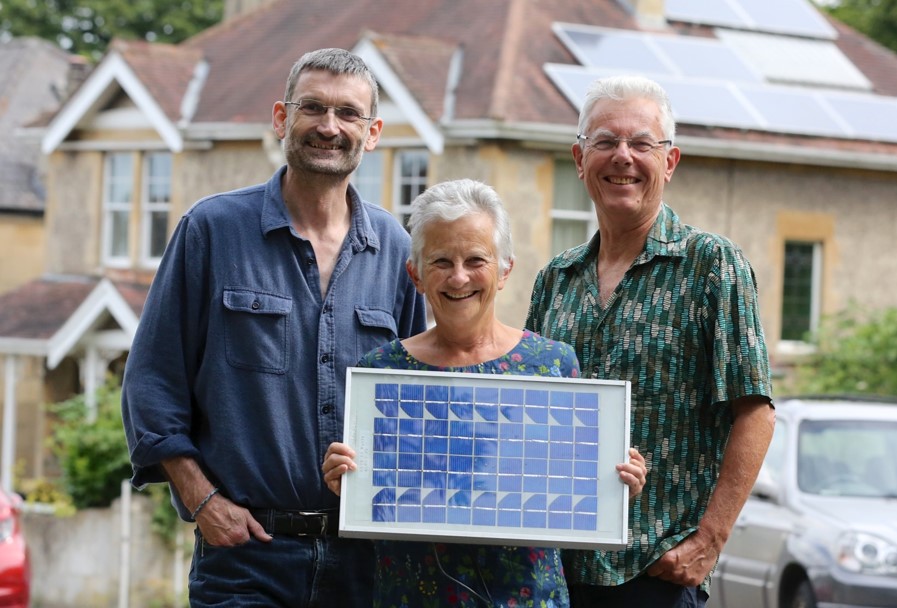An interview with Alison Turnbull – Head of Asset Management at BWCE
Some of our more technical members of the BWCE team aren’t easily found in the spotlight but the work they do is essential for the smooth running, scale and ambition of our organisation. This Q and A session features Alison Turnbull who is Head of Innovation and Asset Management. Alison has worked in the renewable energy industry for over 20 years and was there at the very start of BWCE back in 2010.

What does your role involve?
As Head of Asset Management, I am responsible for making sure that all BWCE solar installations (plus our 1 water wheel) generate as much clean renewable electricity as possible, by ensuring that they are kept in good working order from regular maintenance visits.
How many schools in B&NES and West Wiltshire has BWCE supported with solar panels?
Since 2011 BWCE has installed solar panels on 30 schools, plus 11 non-school buildings, including sports clubs and leisure centres which are widely used by school-age children.
What makes a school or a building suitable for solar?
From a technical perspective, a nice big roof, in good condition and preferably facing between South East and South West is the best type of roof for solar panels. However, for schools, BWCE is keen for the solar panels to be integral to young peoples’ learning about climate change and sustainability, which are increasing in importance in the national curriculum.
Do the schools use all the energy generated themselves and if not, where does it go?
Along with the size of the roof, the ability of the school to use the majority of the solar electricity generated, will determine how many panels we install on the roof. There will be times of course, when the school isn’t able to use all the solar electricity i.e. at weekends and during the school holidays, so the solar electricity generated goes into the local grid.
What has this investment (of time and money from BWCE) meant for the schools?
As a community benefit society, BWCE raises the money to purchase and install the panels on the school roofs by selling shares in our organisation. BWCE sells the solar electricity to the school at a preferential price, often much less than a typical supplier’s tariff. In doing so, the school benefits from cheaper electricity without having to find the capital to invest in the solar system themselves.
What are BWCE’s future plans with rooftop solar on schools in our area?
We are continuing to install solar panels on the schools in B&NES and West Wiltshire so if your school doesn’t have solar panels or maybe you would like some more, do get in touch and we will see what we can do!
If you school or community building is in our area and your roof doesn’t fit these criteria, but is in good condition and you are interested in rooftop solar, do get in touch. We sometimes have grant funding we can use on smaller projects, such as churches, community centres and schools so it is worth emailing is at [email protected]


